Dividing Perennials: Your Garden Guide to How, When, and Why
Did you know that splitting perennial plants in your garden keeps them healthy and can save you money too? This guide will show you the process of dividing perennials, the right timing, and the benefits it brings to your garden.
There are many gifts to growing perennial plants in your garden. They are the gift that keeps on giving!
They not only come back every year, but it’s so easy to create many smaller plants from the original perennial you planted.

As an Amazon affiliate, I earn a commission from qualifying purchases at no additional cost to you. My blog also features other affiliate links for your convenience. Click here to read my privacy policy.
What Does the Term Dividing Perennials Mean?
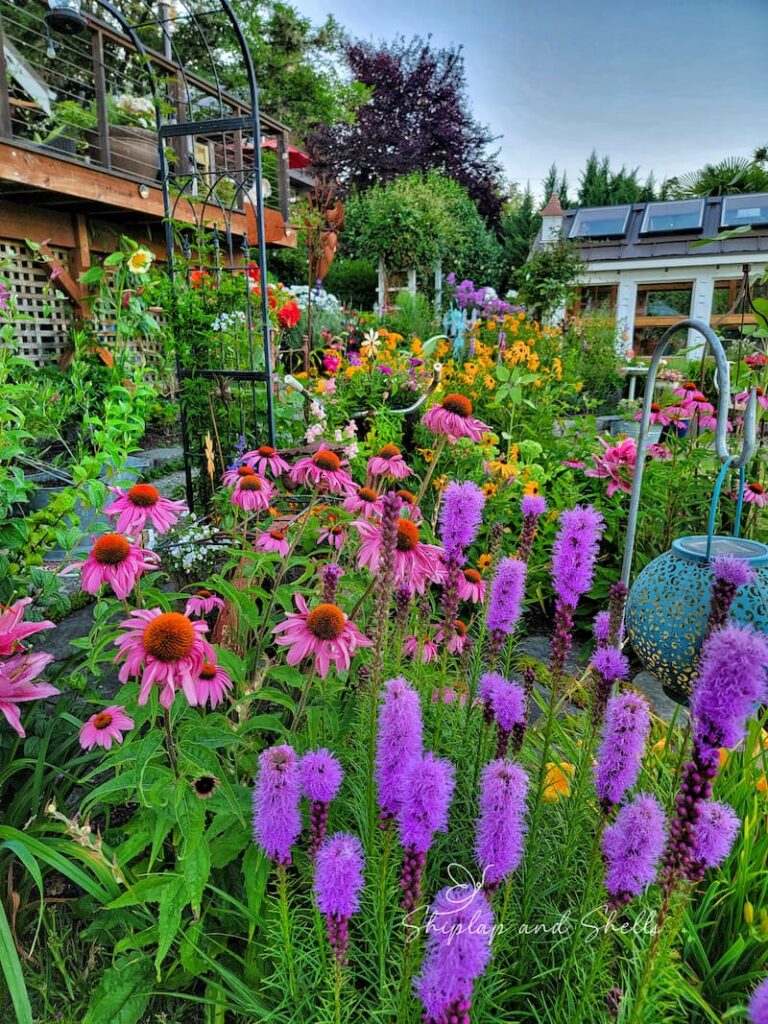
Dividing perennials is a gardening technique that separates larger plants into smaller clumps and transplants them in different locations.
This is usually done when the plants in your garden have outgrown their space or become too large to manage.
If you hear the gardening terms dividing and splitting, they are essentially the same technique.
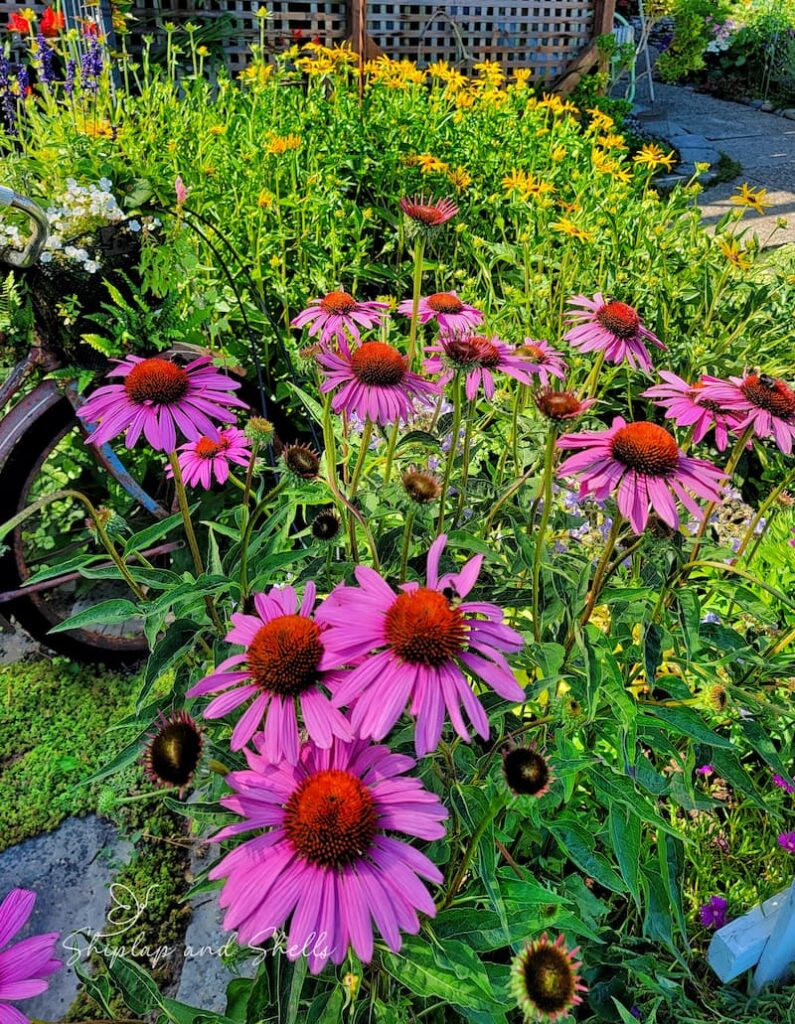
Benefits of Dividing Perennial Plants
Dividing perennials in your garden has many benefits. It’s a great way to maintain a healthy garden while getting free plants to fill empty bald spots.
Keep Your Plants Healthy
When a perennial plant starts to outgrow its center, it can become overcrowded and produce fewer blooms. When the center of the plant is removed, it stimulates the growth of the perennial.
Dividing not only provides more space for the roots of your plants to grow and absorb nutrients and water but also manages the plant’s size.
When splitting your plants annually, you can inspect and remove any damaged or diseased roots, promoting overall health.
Create New Plants When Dividing
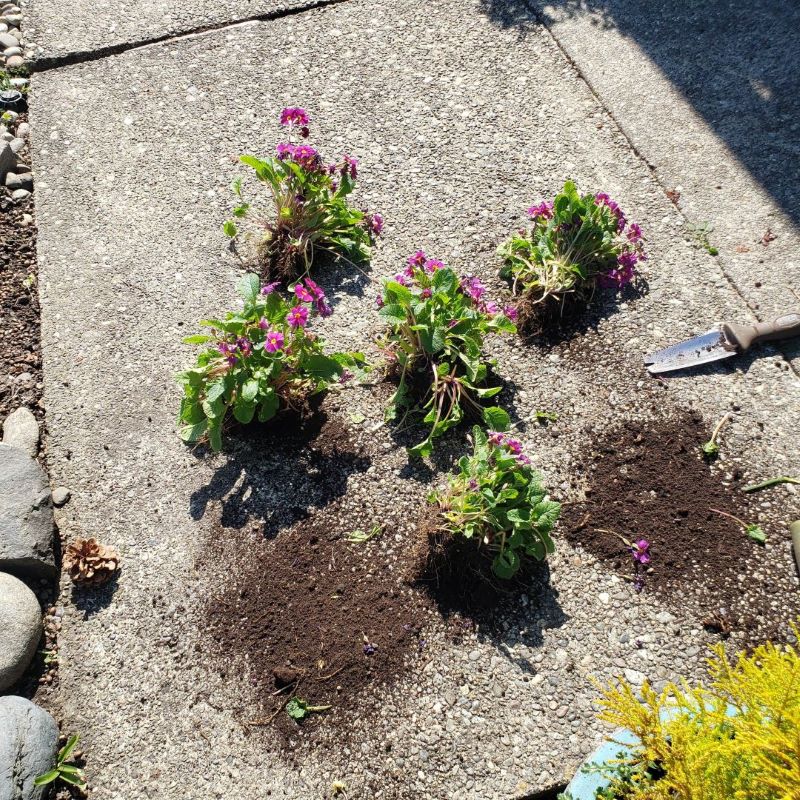
There’s no better way to grow free plants in your garden than to divide your perennials. I can usually get four smaller plants from an original perennial.
Replant the new plant sections in other areas in your garden. You can also give them to new homes by offering them to friends and neighbors.
How To Know if Your Perennials Can Be Split
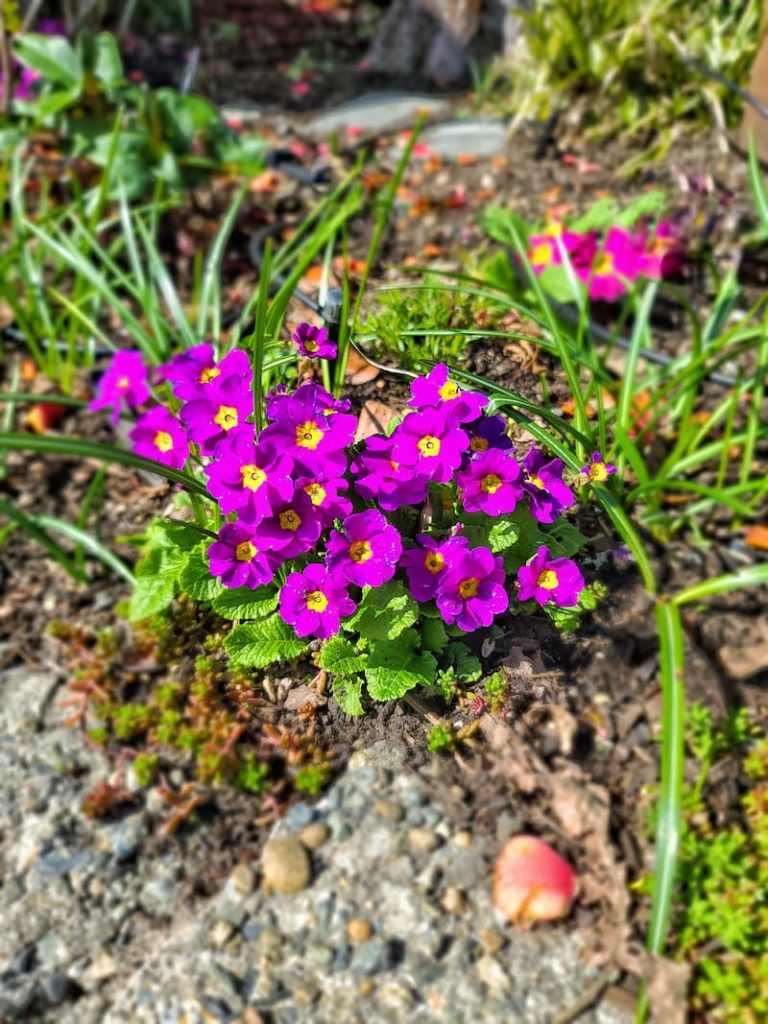
Any perennial plant that spreads from a central crown, and has a clumping growth, can be divided.
Dividing plants involves splitting and dividing the crown and root ball. Plants with taproots usually propagate through cuttings or seeds rather than by splitting the plant apart.
Garden Supplies and Tools
Check out my favorite garden supplies and tools for the growing season. Whether you’re looking for potting soil or deer repellent, you’ll find what I use in my own garden.
What is the Best Time to Divide Perennials?
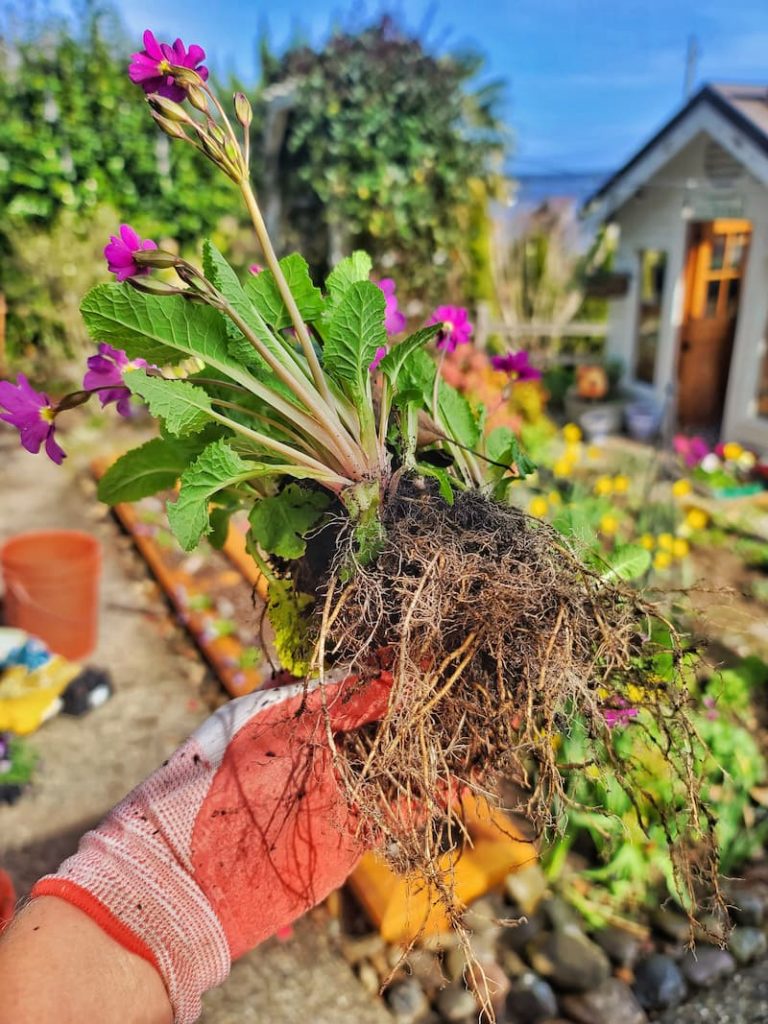
When to divide a plant and how often depends on the type of plant and the climate. Most guidelines are between 3-5 years, but I divide my perennials when they look like they are overcrowding my garden.
Most plants can be divided in early spring or fall. A fall division timeline is a good idea for spring and summer flowering plants. This way, plants have more time to set new roots before they grow in the heat.
I like splitting my plants in the spring because the new growth is lower to the ground, and there is less to manage.
Some plants don’t respond well to their roots being disturbed. Because of this, a good rule of thumb is to divide the perennial while it’s dormant, reducing the effects of shock from transplanting.
Split your perennials during the time of year when the weather is cooler and on a cloudy day when the soil is warmer than the air for at least part of 24 hours. Mornings are usually a great time to plant.
Divide plants that bloom in the spring only after their flower heads are spent.
How to Divide Perennials: Step-By-Step
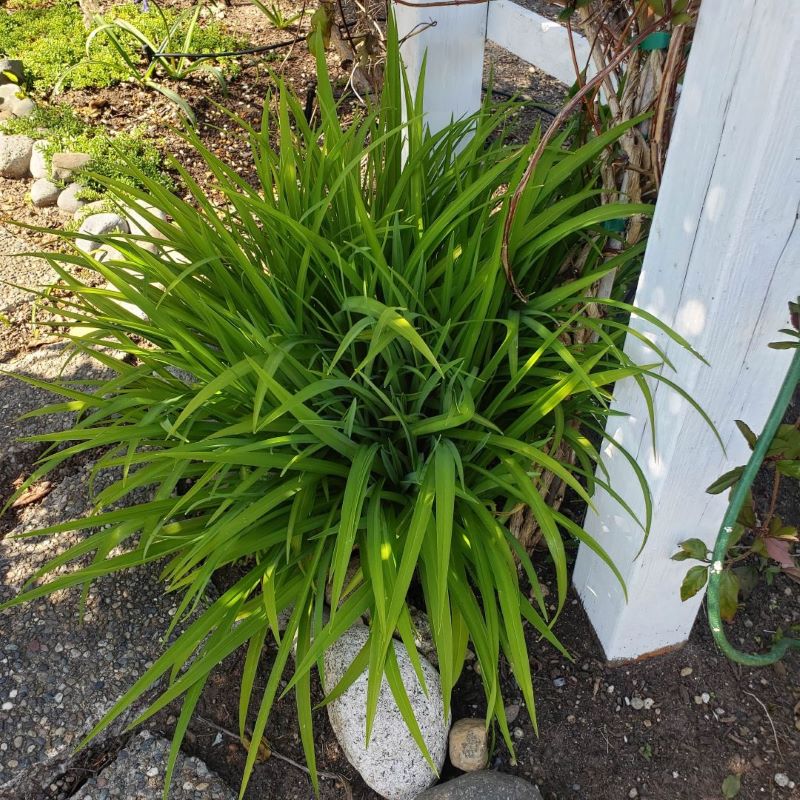
Step 1: Digging Up Perennials

Depending on the plant, dig the entire perennial parent plant out of the ground with a sharp spade, fork, or shovel.
Step 2: Removing Perennials from the Ground
Gently lift the whole plant from the ground, removing any excess dirt around the roots.
Step 3: Dividing Perennial Plants
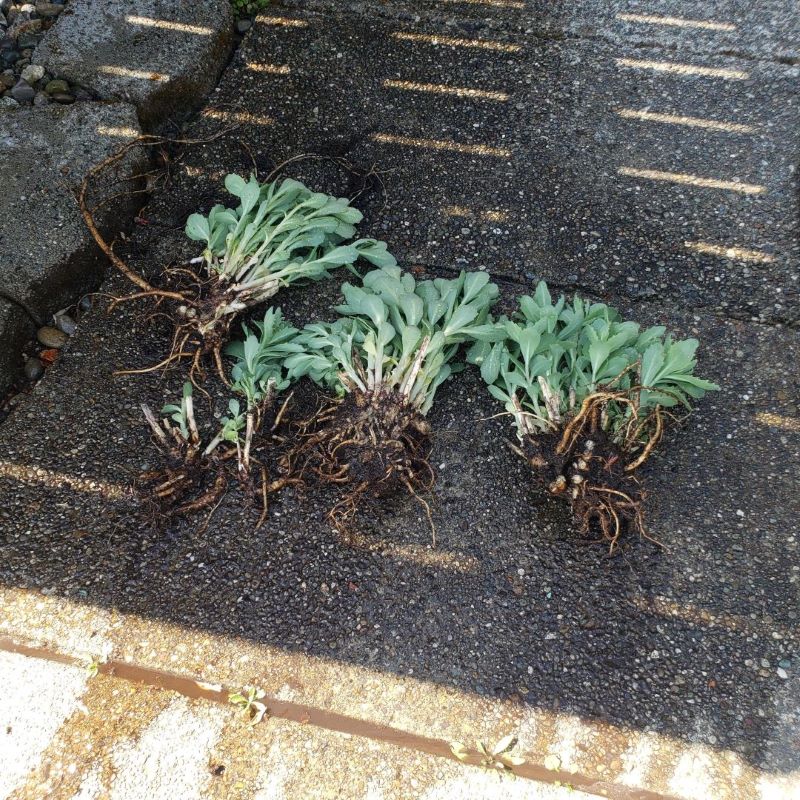
Carefully divide the crown and root ball into smaller sections, depending on the size. There are different plant division methods depending on the plant.
Each division should have 3-5 vigorous shoots and a healthy supply of roots. Keep these new divisions shaded and moist until they are replanted.
Step 4: Transplanting Perennials
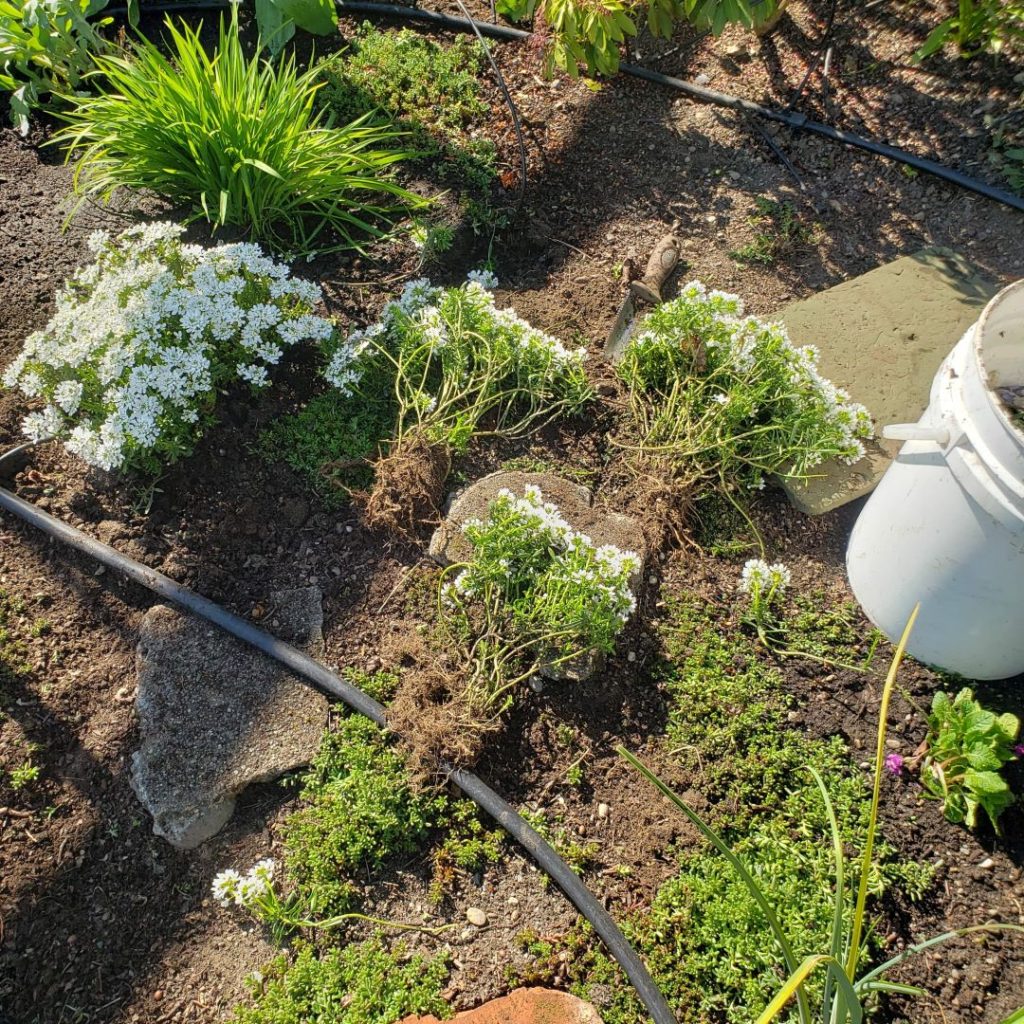
Place the new plant into a hole as wide as its roots when spread out. Transplant your divisions in your garden, or gift some of your new splits to a friend or neighbor.
Remember that the best way to reduce the shock of the division and transplanting process is by cutting the plant back before transplanting it back into the ground.
How to Divide Different Types of Perennials

There are different methods of splitting perennials depending on the plant variety. Here is a guide on how to split perennials based on the plant.
Dividing Perennials By Hand
Using a Spade to Divide Perennials
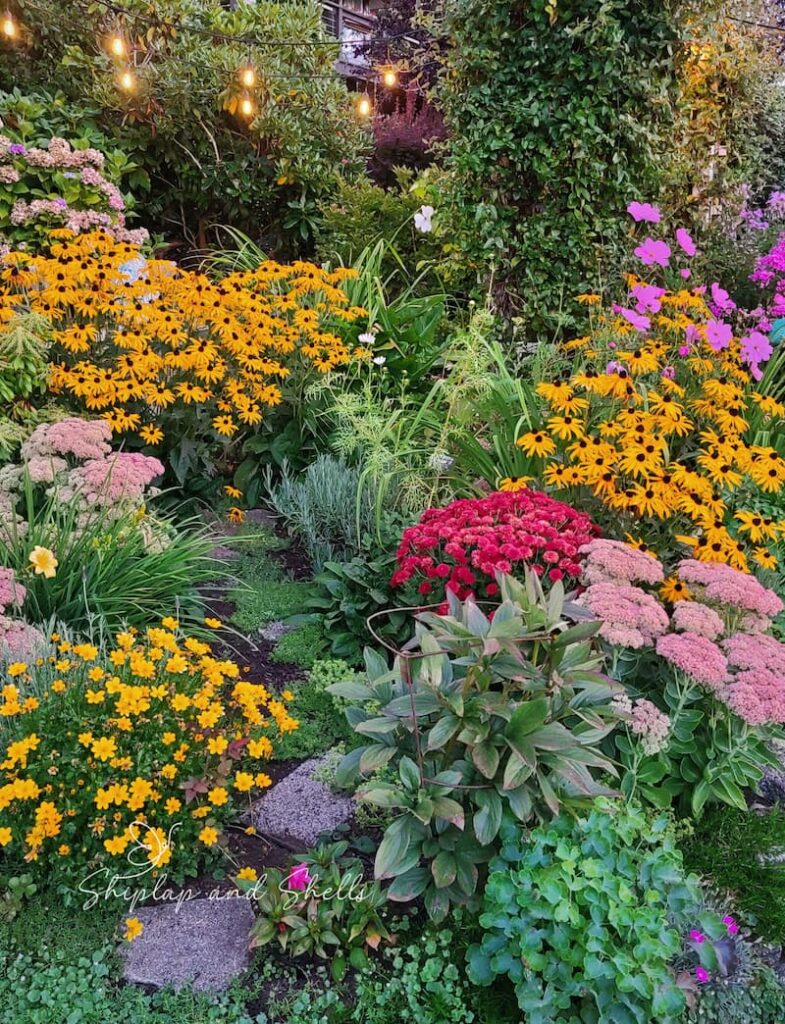
Dividing Perennials with a Knife

The Exceptions to the Rule of Dividing
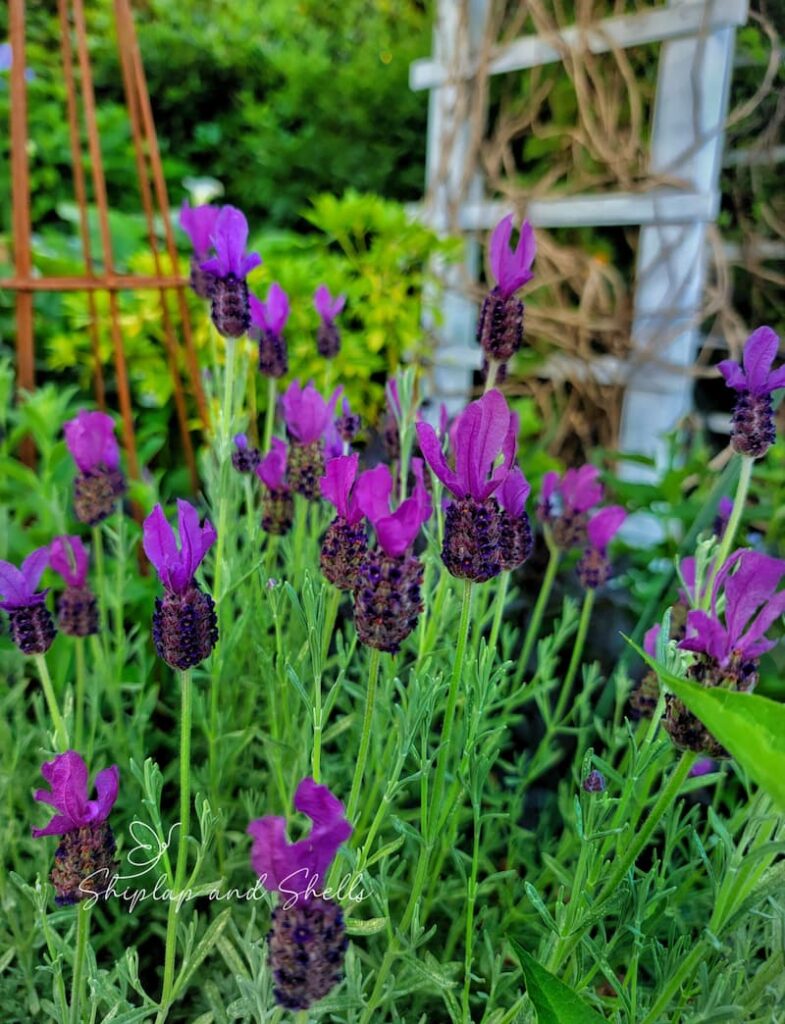
Peonies must be sliced apart with a handsaw because they have woody crowns.
Do not divide woody plants such as lavender and rosemary. They can be propagated instead.
Gardening Made Simple – Your Guide to Beginning Gardening
Common Questions About Dividing Perennials
What is the Best Time to Divide Perennials?
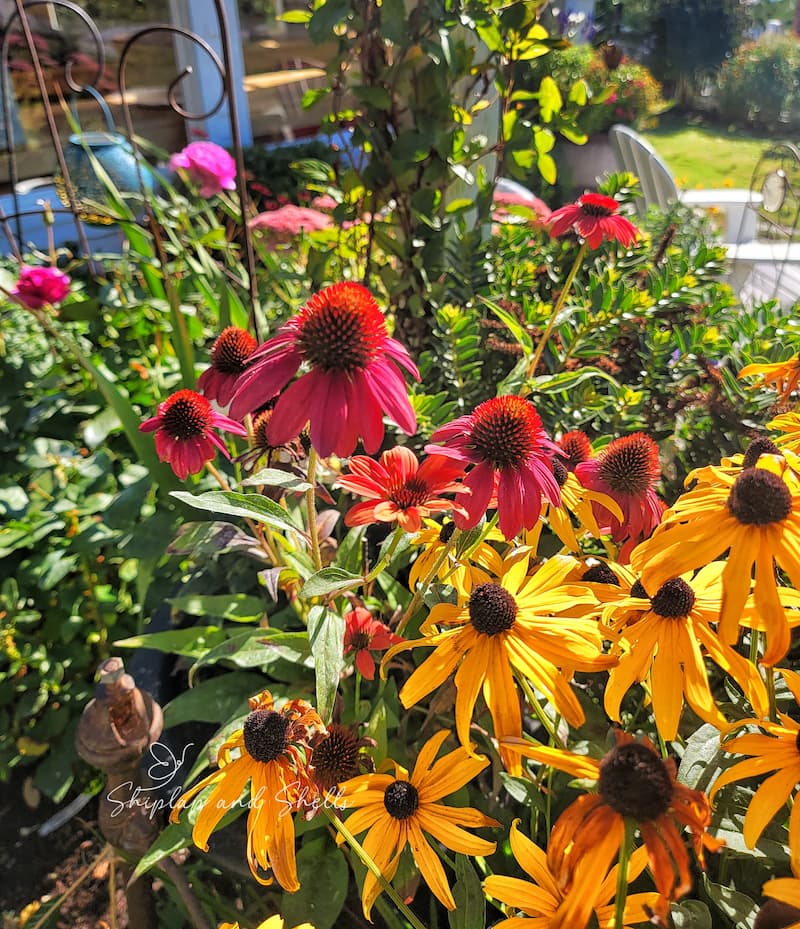
The ideal time to divide perennials is during their dormant season, typically in the early spring or fall. This allows the plants to recover and establish new roots before they start to grow actively again and produce blooms.
In the spring, it’s best to divide perennials before new growth appears. But in the fall, you can split the plant after the foliage has died back.
Peonies and irises should be divided in the fall.
Which Perennials Should Not Be Divided?

Plants with a taproot, such as poppies and butterfly weeds, have a long central root that is hard to divide without damage.
Some perennials, like bleeding hearts, are sensitive to transplant shock and may not recover from splitting.
Perennials, such as peonies, have a very specific division process and should be divided every 6-10 years.
Can I Divide Perennials in the Fall?
Some plants, such as irises and peonies, should only be divided in the fall.
Dividing perennials in the fall has advantages.
Avoid dividing perennial flowers too late in the fall. Plants need time to establish themselves before the ground freezes. As a general rule, split your perennials in early to mid-fall before the first hard frost.
Read My Other Gardening Posts On Dividing
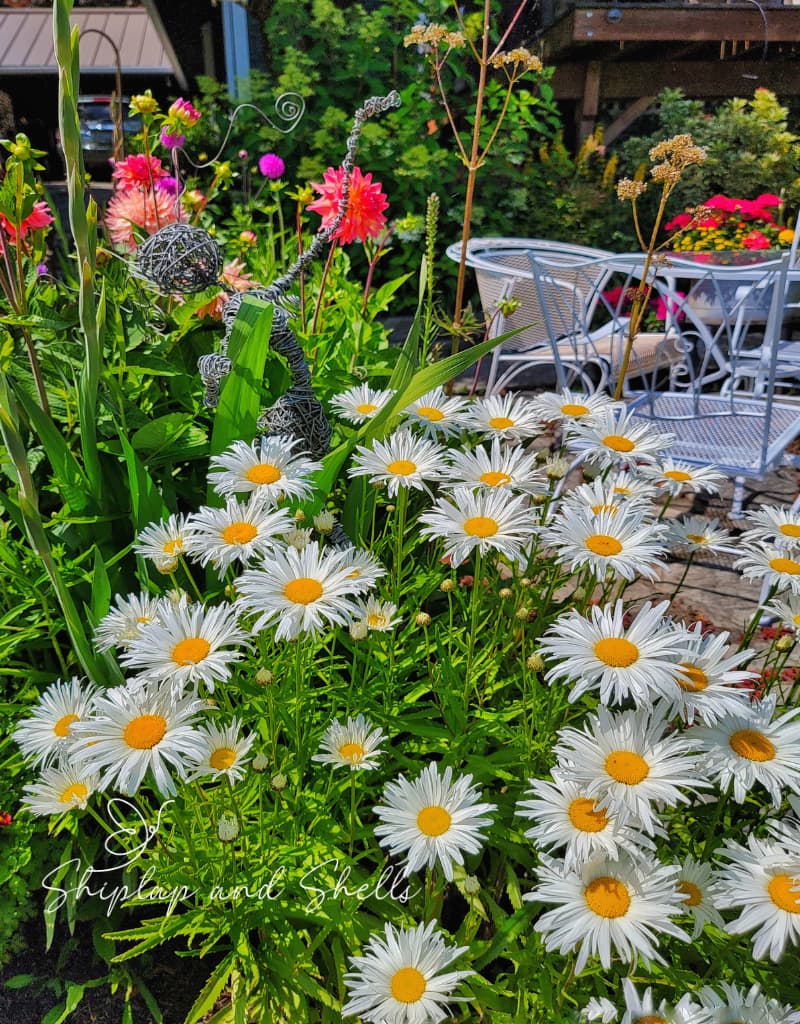
Dividing perennials in your garden will keep your plants healthy by removing the dead center of an overgrown plant, preventing overcrowding, and keeping your garden clean and tidy.
It’s an easy way to save money because you are creating several plants for your garden and don’t have to shop for new flowers.
If you have any questions or additional suggestions, please share them in the comments below. And be sure to share this blog post link with anyone who may find these gardening tips helpful.
Until next time,
Happy Gardening!

I’m a self-taught hobby gardener. Everything I share on my blog is my opinion and what has worked for me.
MORE POSTS
For You To Enjoy
Follow Me for More Inspiration
Shop my Amazon Storefront, LTK sources, and my favorite home decor, garden, and lifestyle products. When you purchase from one of my links, I earn a small commission, which helps me continue sharing all the content you expect on my blog.
Be sure to follow me on Pinterest, Instagram, Facebook, TikTok and LIKEtoKNOW.it. Do you like gardening? Join my Facebook Gardening Tips & Tricks group.

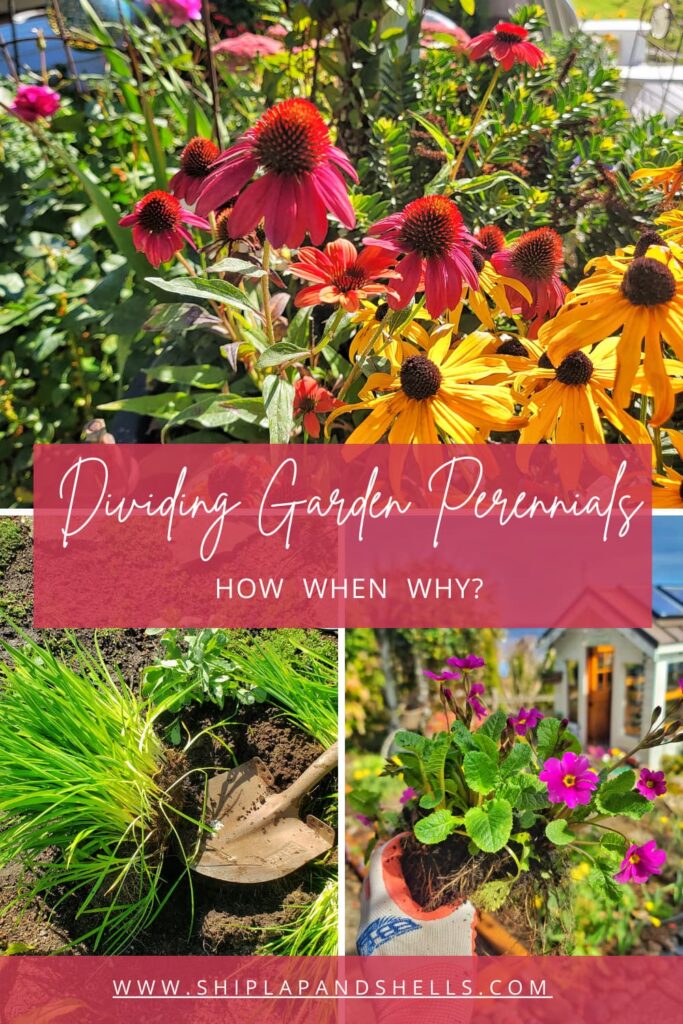


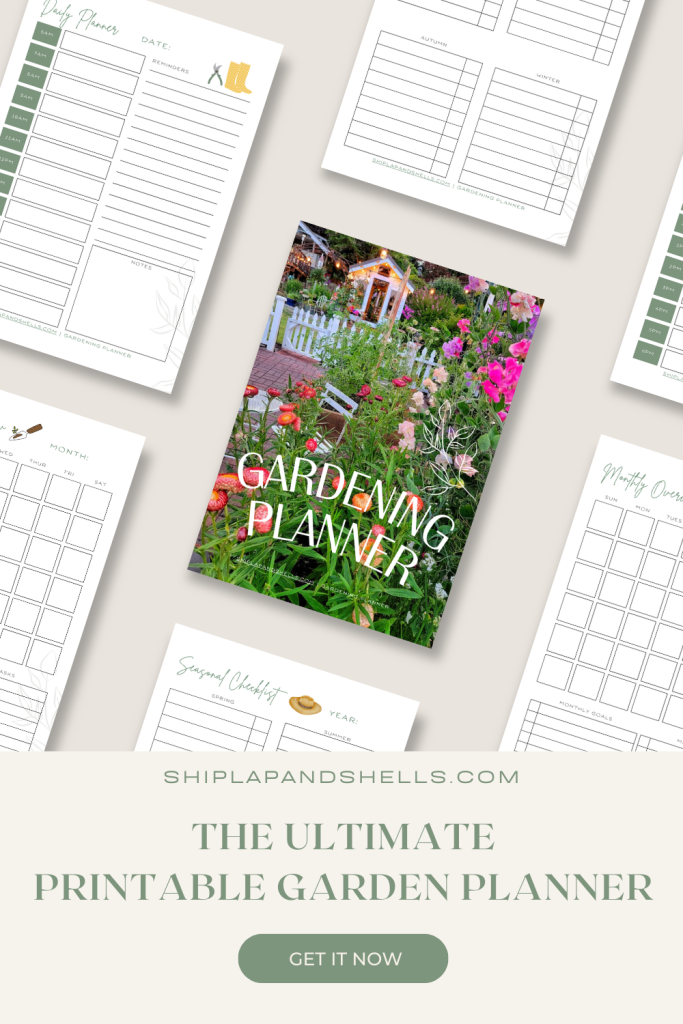
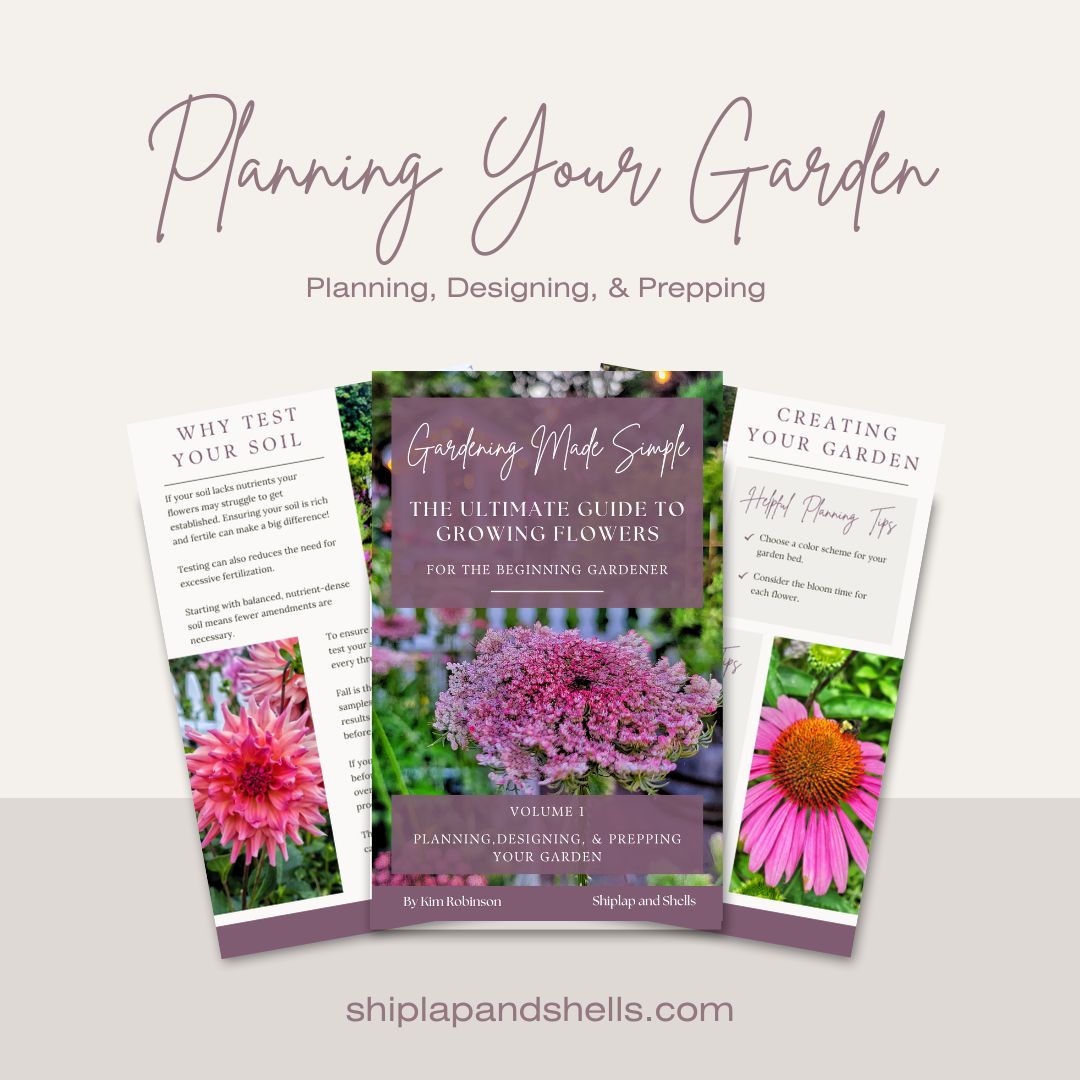
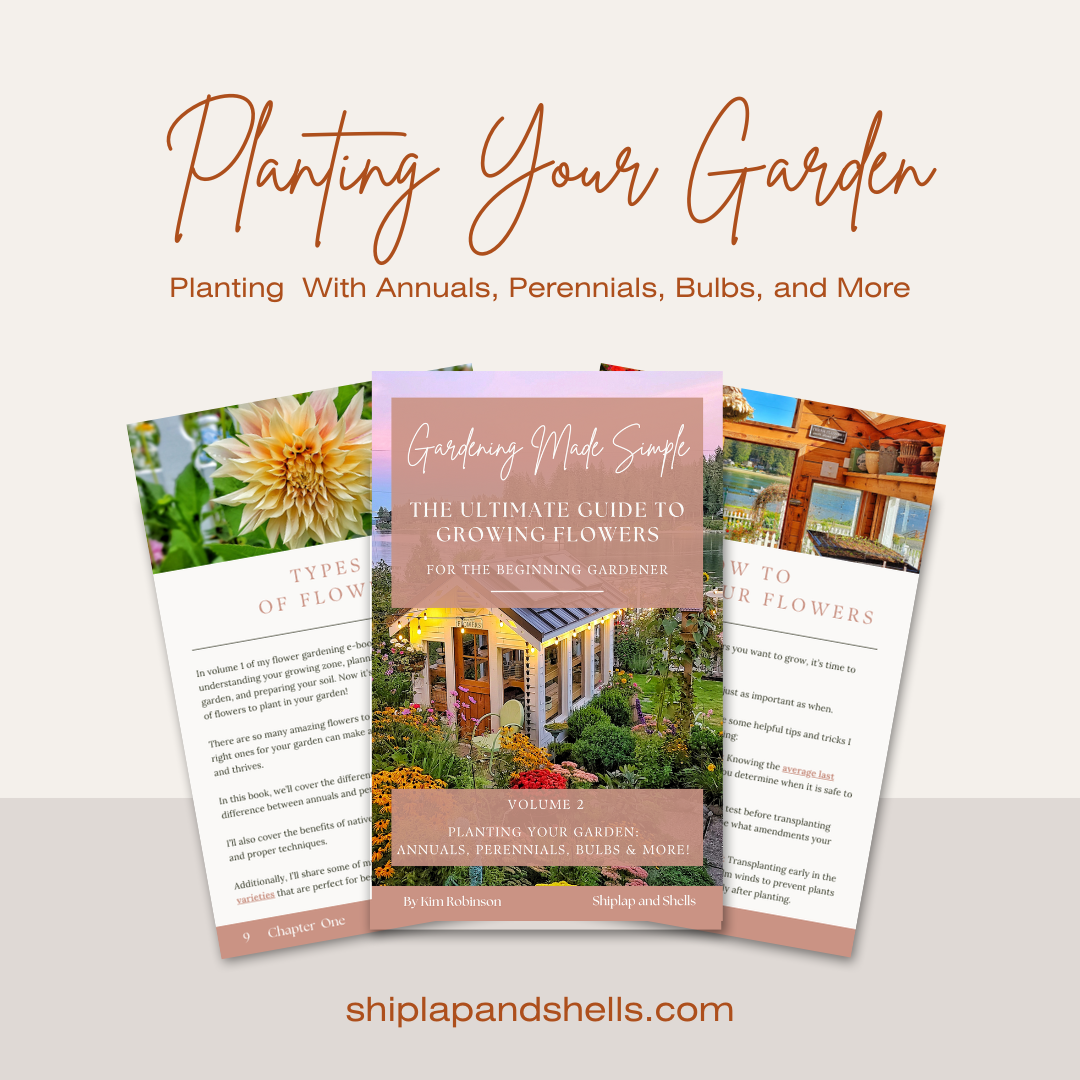
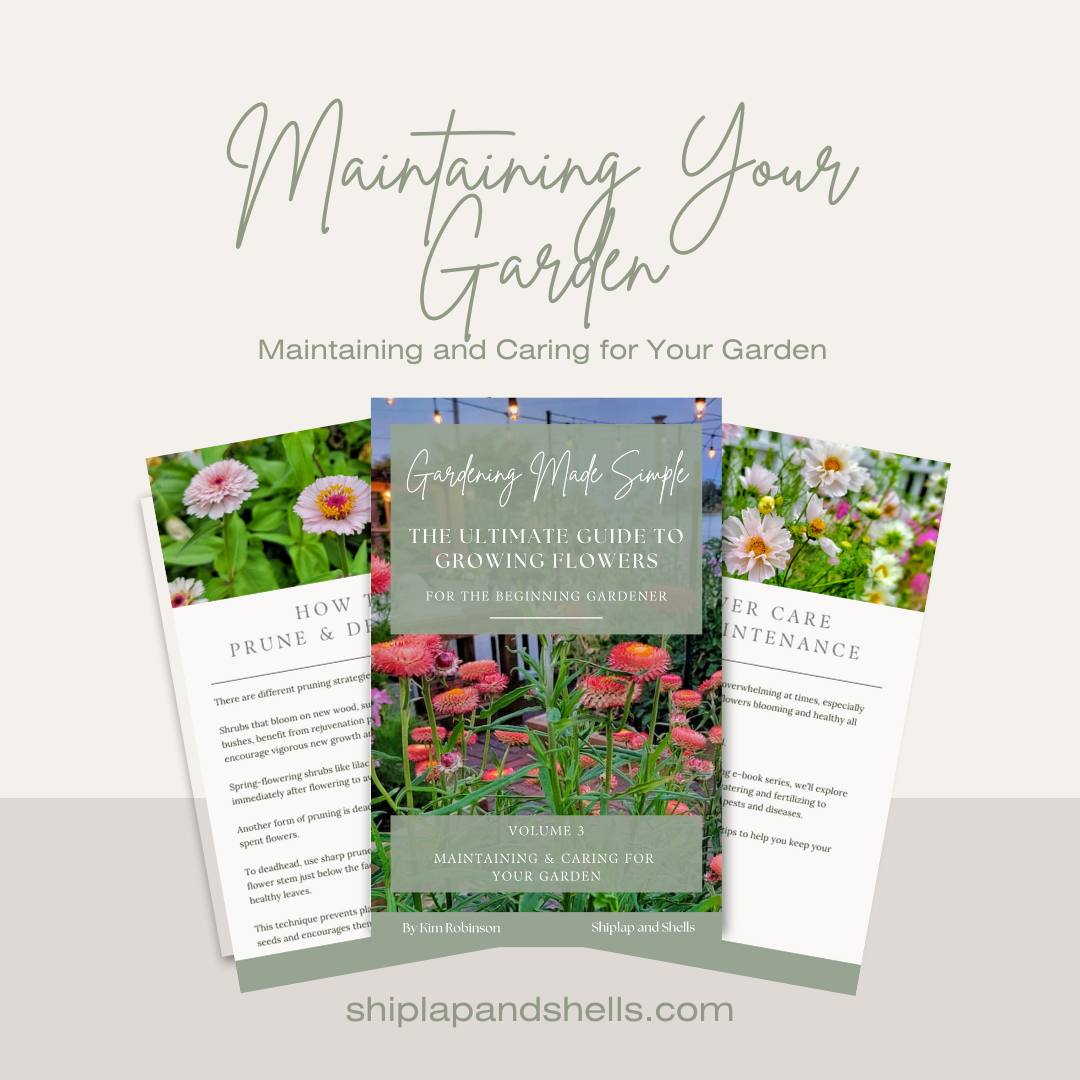
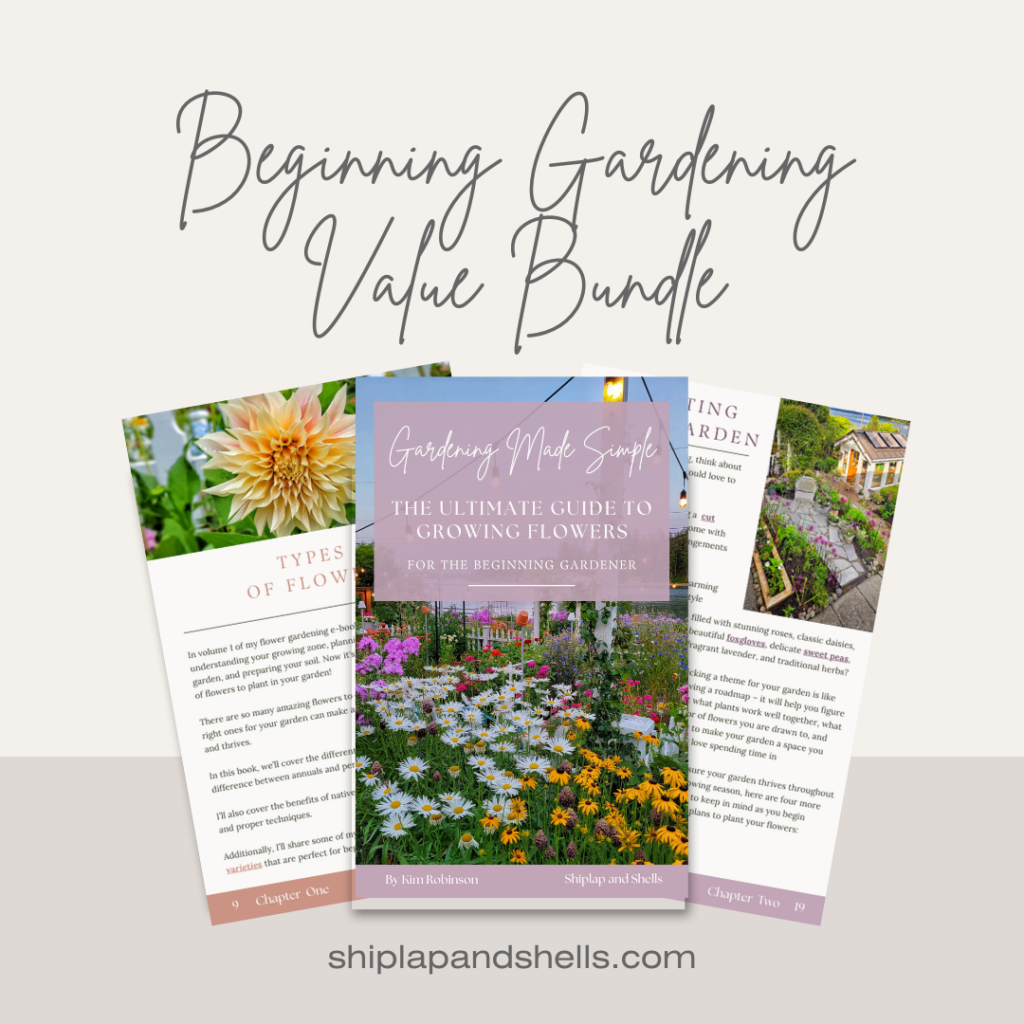

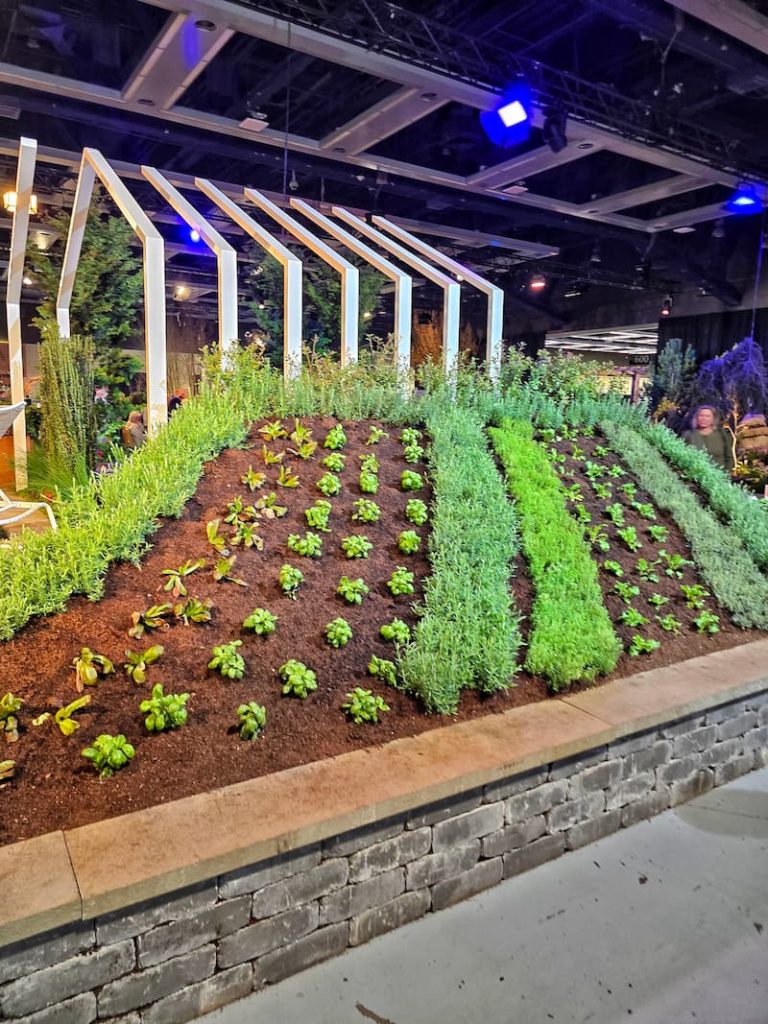
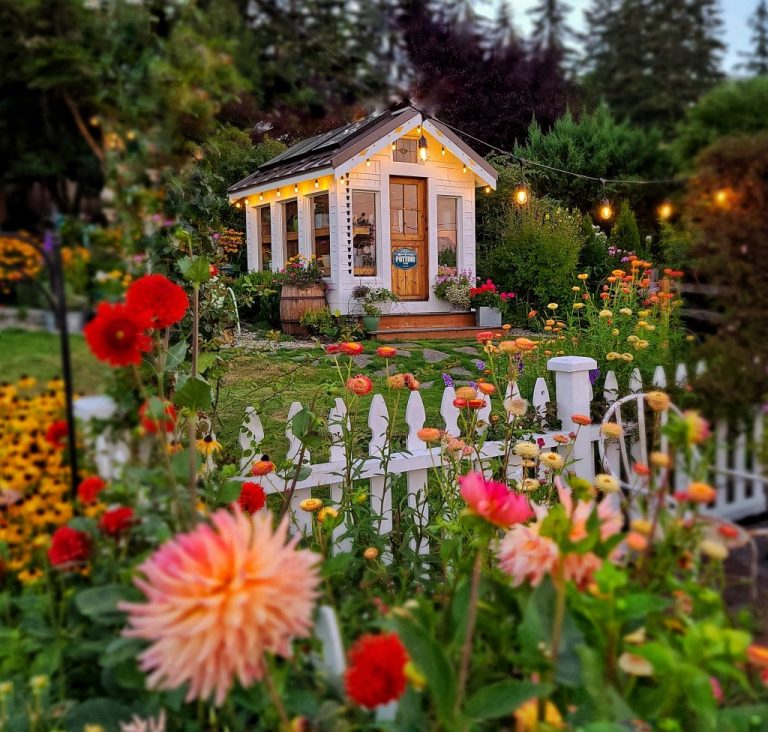


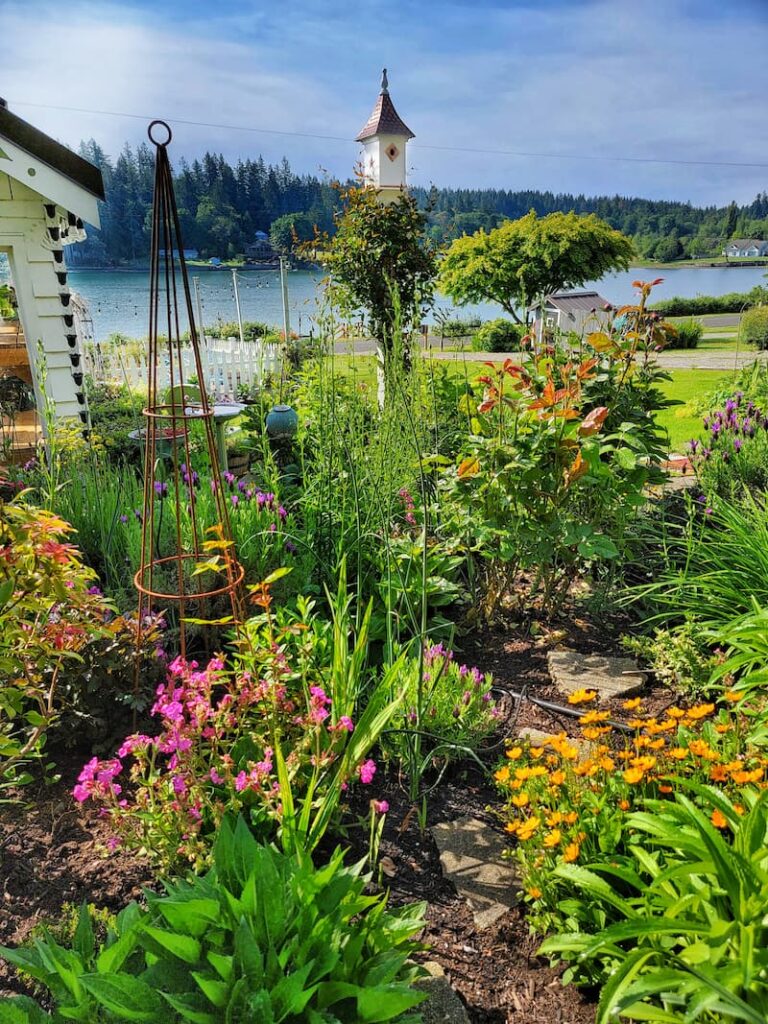
One Comment